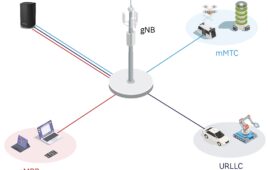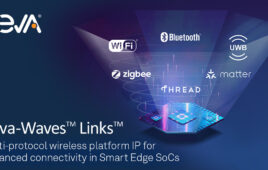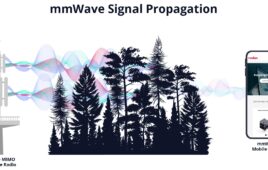TESSCO’s One Innovation Showcase and Conference will kick off in Nashville next week and promises to shed light on a variety of telecom topics, from DAS deployments and WiFi to broader wireless and fiber infrastructure trends. Ahead of the show, though, we chatted with CommScope – which will have several panelists on the stage at TESSCO One – about what they’re seeing across the industry in terms of fiber deployments for wireless networks ahead of next generation technologies. Here’s what they told us:
According to CommScope’s Director of Business Development Wes Oxlee, the amount of wires in wireless is only going to increase as operators move toward 5G. And as part of that shift, Oxlee said CommScope has seen a real focus over the past year in C-RAN builds.
Those C-RAN builds come as carriers look to densify their existing networks in preparation for 5G. Operators, he said, are dropping cell sites every 200-300 meters or so, and in the process are finding that they need to lay a lot of fiber to feed the necessary fronthaul. And while they’re laying the fiber, they’re taking the opportunity to do C-RAN builds. Baseband units from cell sites are being relocated to C-RAN hubs, which are sometimes placed in existing central office locations and sometimes in repurposed macro site locations that already have the necessary power and backhaul. This shift, Oxlee noted, is part of an effort to future-proof the network.
“Once they eventually move to cloud RAN, they’ll virtualize those baseband units, virtualize that architecture,” Oxlee said. “They’re also making preparations for the future since this is where the mobile edge computing will be housed as well.”
Here, Oxlee paused to explain that there are two types or definitions of C-RAN – that is, Centralized RAN and Cloud RAN – and noted the different between the two is important.
With Centralized RAN, carriers take baseband units off the cell sites and put them in a central location in the network. While on-site baseband units only control one site, Oxlee said Centralized RAN allows for control of two to three cell sites per baseband unit. Cloud RAN, on the other hand, refers to the virtualization of that whole setup, which would allow servers to manage 30 to 40 cell sites each. Both obviously come with significant CapEx savings, but one of those two has to come before the other.
“You must centralize before you virtualize,” Oxlee explained. “I think people need to understand that it’s a step; it’s the first step along the road to 5G. I think people have in their mind that C-RAN means Cloud RAN and a lot of people forget need to make incremental step to Centralized first.”
Oxlee said the densification efforts that are facilitating C-RAN builds are starting to roll, but are facing some hurdles, particularly with getting permits and siting.
“If we look at the timeframe of densification as being a one-year project, we’re at week one,” Oxlee said. “We’re still in our infancy and still haven’t seen major roll outs in the United States and Europe … When you put up a cell site, it attracts attention. Everyone wants faster speeds but no one wants to look out their window to see a cell site. So we have a long way to go, but we’re starting to move in the right direction.”




